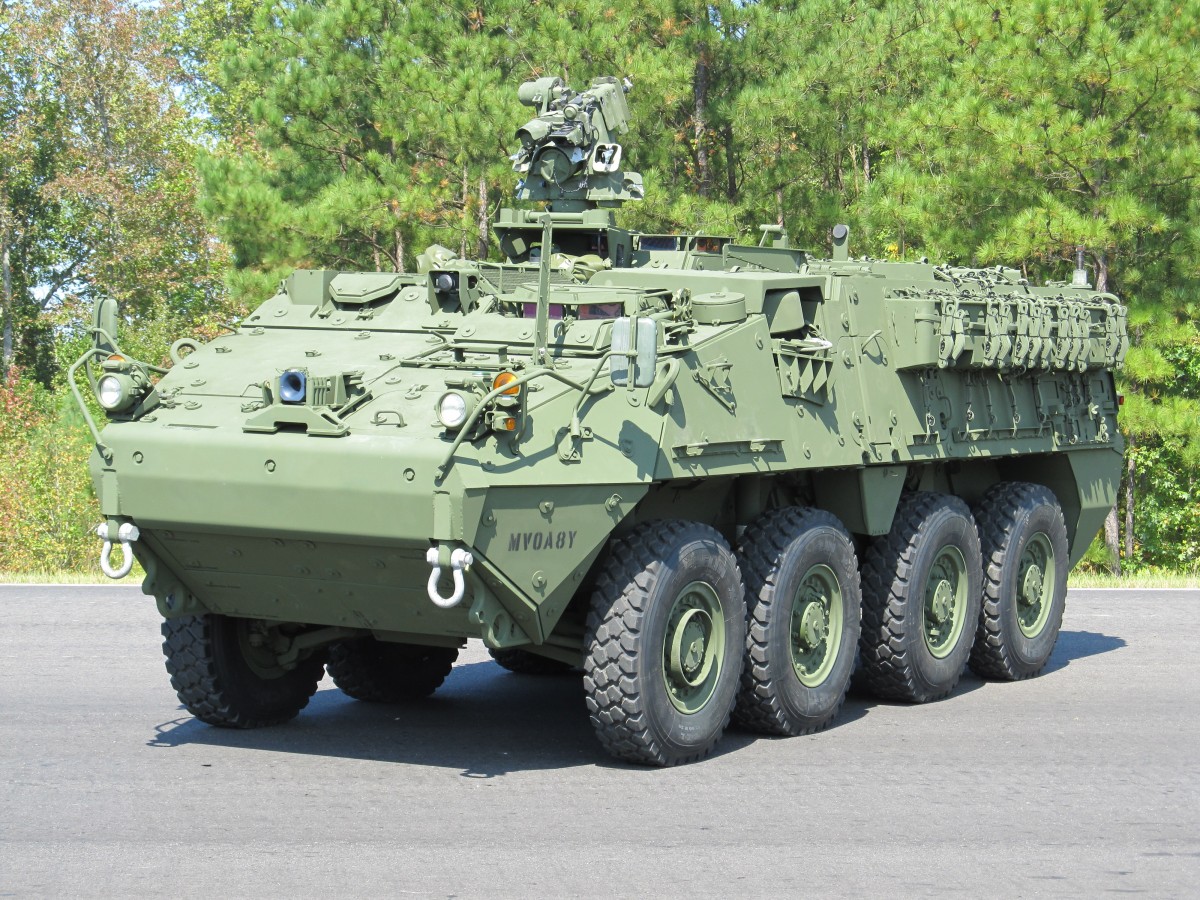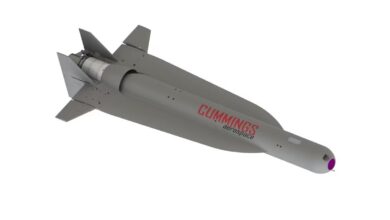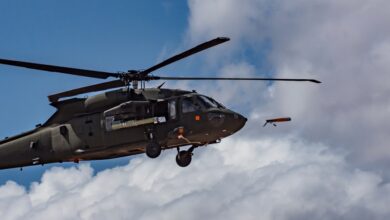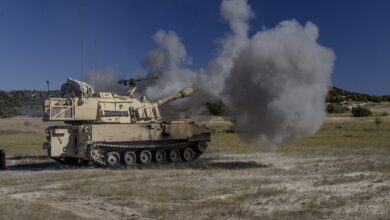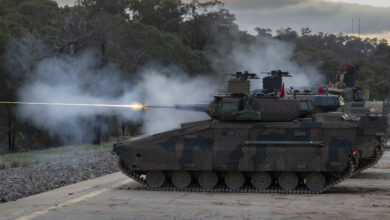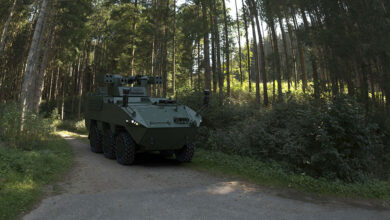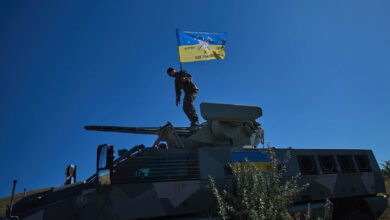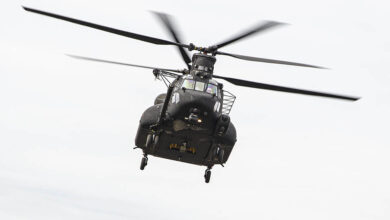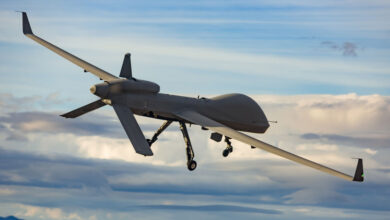US Army Investing Nearly $1 Billion in Stryker Vehicle Upgrades
The Army Contracting Command expects the work to conclude in 2027.
The US Army has awarded tactical vehicle manufacturer Oshkosh Defense a $942.9 million contract to upgrade its Stryker Double V Hull Infantry Carrier Vehicles.
Oshkosh revealed that the deal includes integrating a 30mm Medium Caliber Weapon System (MCWS) onto the eight-wheeled armored vehicles to provide increased lethality to the Stryker brigade combat team. The contract also calls for complete system technical support, interim contractor logistics support, and integrated product support.
“The Oshkosh team brought together best-in-class capabilities for weapon system design, manufacturing, and integration to provide a highly capable solution that meets the Stryker MCWS program requirements today and offers the flexibility to upgrade tomorrow,” Oshkosh official Pat Williams explained.
“Our experienced team looks forward to supporting the Stryker program office to quickly field this capability to the Warfighter,” she added.
The Army Contracting Command expects the work to conclude in 2027, with the first batch of upgraded Stryker vehicles to be fielded in 2023.
Other Stryker-Related Developments
Last month, the US Army disclosed that it will discontinue the use of its Stryker Mobile Gun System starting next year due to obsolescence and systemic issues. An official explained that divestiture of obsolete systems is as important as acquiring modern equipment.
The service also announced that it will begin testing its 50-kilowatt high-energy laser attached to a Stryker A1 vehicle to locate, lock on, track, and destroy airborne threats.
“It’s very promising. It’s very powerful. There are many things we’ve got to do in terms of testing, and it’s about to go through a shootout to see how it does,” Army Vice Chief of Staff, Gen. Joseph Martin, told Stars and Stripes.
Lockheed Martin also revealed that it will supply up to 20 Modular Active Protection System (MAPS) base kits to the US Army. The system will be fitted in Abram, Bradley, and Stryker combat vehicles.

